My “Lily of the Nile” (agapanthus plant) is my pride and joy, and I ensure it has the best care. I have grown these plants for over 3 years now, and they bring so much color to my garden.
So you can imagine my surprise when I pointed out my “Aggie” (agapanthus) to my friend and noticed the yellowing leaves.
I started investigating immediately and soon learned there are several reasons why your Agapanthus plants turn yellow.
Table of Contents
Why Are My Agapanthus Plants Turning Yellow?
Your agapanthus plants could be turning yellow as they have a pest infestation or an iron deficiency due to alkaline soil. A fungus-based disease may be spreading to all the leaves. You may be overwatering your plant, or your agapanthus may be scorched by the sun and suffering from the heat.

5 Reasons Your Agapanthus Leaves Are Yellowing (+ How to Fix It!)
Here are 5 reasons your agapanthus leaves are yellowing and what you can do to fix it:
Reason 1: Pests in Your Garden
One of the leading causes of your agapanthus plants turning yellow is pesky pests in your garden. Spider mites (Tetranychus urticae) and mealybugs (Pseudococcidae) are two of the biggest culprits.
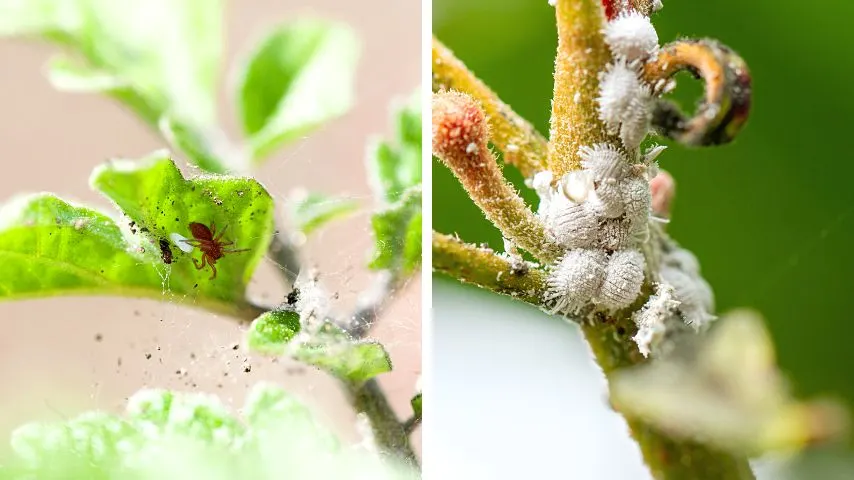
Let’s take a quick look at how to identify these pests:
- Spider mites look like tiny spiders or ticks. They attack plants in large numbers, and if left uncontrolled, their numbers can reach hundreds. These pests puncture the leaves to suck on the sap.
- Mealybugs are tiny white insects that look like white fungus or mold when they gather in numbers. These bugs scrape off the top layer of the leaves to suck on the sap.
Signs of an agapanthus plant being infested with pests are:
- Silky webs around the leaves and stem
- Leaves wilt after they start yellowing
- Bugs gathered under the leaves
- Tiny white marks and holes on the leaves
How to Fix Your Agapanthus Plants
Unfortunately, if your agapanthus leaves have turned completely yellow, the pests have already drained your plant and likely moved on to another plant by now.
The best way in dealing with these pests is to immediately remove them. Insecticidal solutions can be sprayed on your plant’s leaves (top and bottom), but this will need to be done weekly until the infestation has been removed.
Top Tip: When using insecticidal solutions, spray on a windless day, as the spray will kill other insects.
A safer alternative is to mix 1 cup of rubbing alcohol with 4 cups of water. You can spray the entire plant, and this will cause the bugs to dehydrate and die.
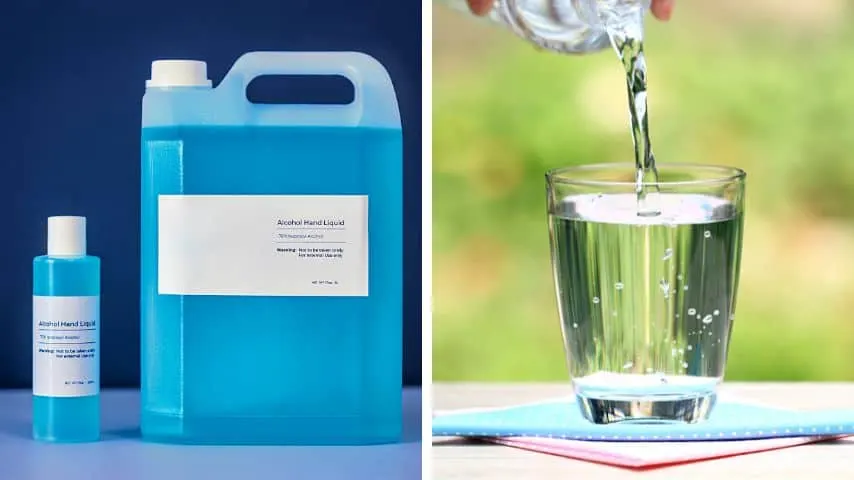
Reason 2: Iron Deficiency
Agapanthus plants are known to suffer from chlorosis (iron deficiency). This is a condition where the plant cannot absorb and utilize iron correctly, as the leaves lack chlorophyll (green pigment).
Soil is considered too alkaline if it has a pH of 7 or above. This means iron availability is at its lowest (usually between 7.5 and 8.5), and your plant is absorbing too little iron.
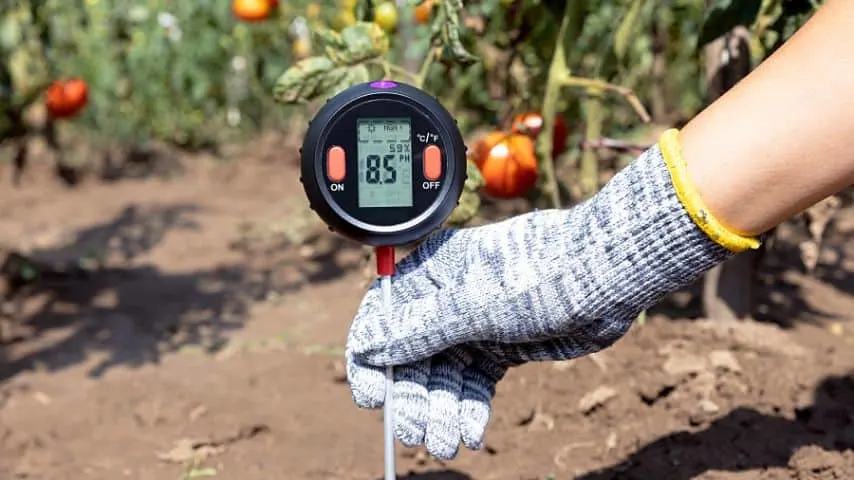
Signs of an agapanthus plant being iron deficient are:
- Yellowing leaves with bright green veins
- New leaves start yellowing
- Some leaves turn white (worst-case scenario)
- Poor plant growth
How to Fix Your Agapanthus Plants
Lowering the pH of the soil to around 6.5 is the best way to solve the browning of a Crepe Myrtle’s leaves due to soil alkalinity. This will allow for better absorption of iron by your agapanthus plant.
Scattering sulfur onto the ground around the root area and watering it straight away will help correct the pH levels.
Spraying your plants with liquid iron (iron sulfate) is also a great way to up their iron levels (however, it’s only a temporary fix).
Top Tip: Ensure the fertilizer you use doesn’t contain phosphorus, which is also known to cause chlorosis.
Reason 3: Fungus-Based Diseases
Unfortunately, it’s common for agapanthus to suffer from fungus-based diseases such as root rot and leaf spot, which cause the leaves to turn yellow. Fungus likes to grow in moist soil and shady areas.
Let’s take a look at a few factors that can cause a fungus disease on your agapanthus:
- Non-draining pot
- Overwatering of the plant and soil
- Warm and humid environment
- Air circulation that is poor
Signs of a fungus-based disease on an agapanthus plant are:
- Yellowing of the leaves
- Agapanthus plant looks weak (due to root rot)
- Spots that are brown and yellow appearing on the leaves
- Drooping leaves
How to Fix Your Agapanthus Plants
To prevent spreading the fungal disease further on your Agapanthus, prune all the infected parts of the plant. The spores spread the fungus, so you must act quickly.
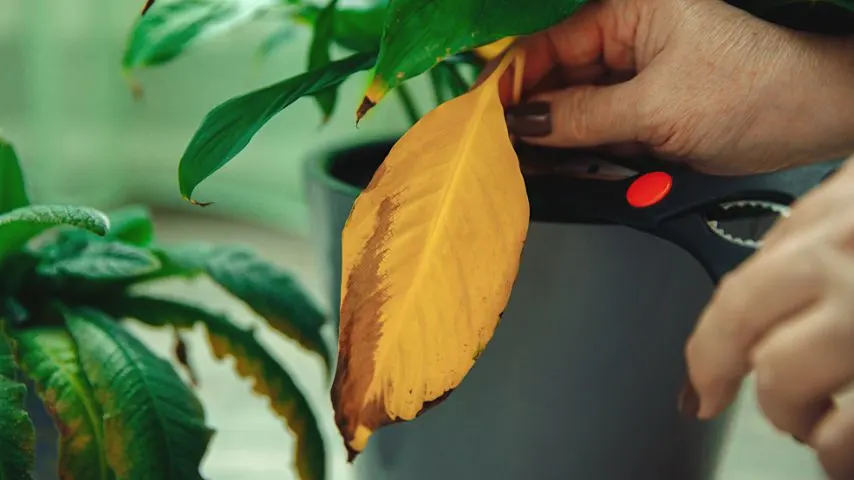
Applying a fungicide to all the agapanthus and the soil is another way of further preventing the spread of fungal diseases across the plant.
Top Tip: If your agapanthus plants are potted, you’ll need to remove your plant from the pot and toss the soil and pot out, as they’re likely infected and will continue to spread the disease.
Reason 4: Overwatering
Agapanthus plants don’t require a lot of water. They prefer minimal water and should only be watered when the soil’s top 3 inches are dry (you can check this using a stick).
Overwatering is common in potted agapanthus as the drainage might not be sufficient.
If the holes in the pot aren’t big enough, the plant and pot can become waterlogged, as the excess water doesn’t pass through. It’s easy to confuse the yellowing leaves with underwatering as being the cause.
Signs of an agapanthus plant being overwatered:
- The bottom leaves of the plant turn yellow
- Soil is always moist
- Plant starts wilting
- Leaves are swollen due to water retention
How to Fix Your Agapanthus Plants
The best way to avoid overwatering your “Aggies” is to first check how dry the soil is. Avoid watering your agapanthus after rainfall or if the soil still seems damp from the last time you watered the plants.
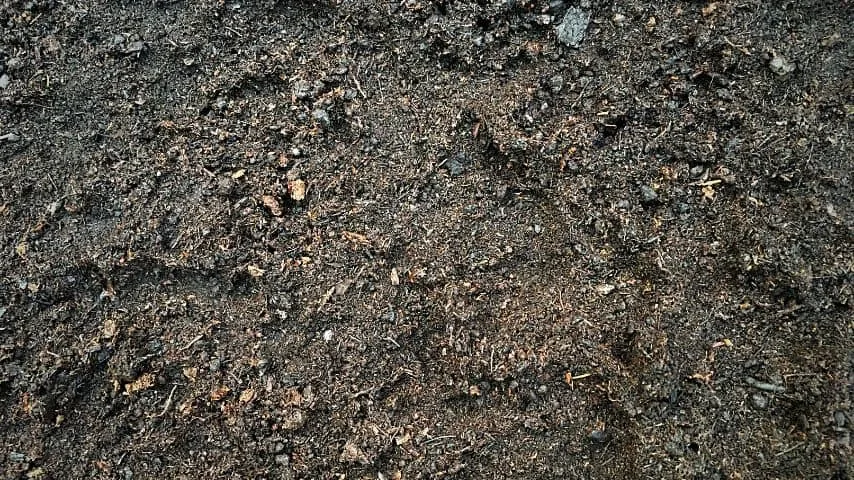
Top Tip: Water your agapanthus close to the plant crown and prevent water from splattering onto the leaves.
Reason 5: Sunburn
Even though agapanthus plants thrive in warmer climates, they do suffer from “sunburn.” This is caused by high temperatures and lengthy exposure to direct sunlight.
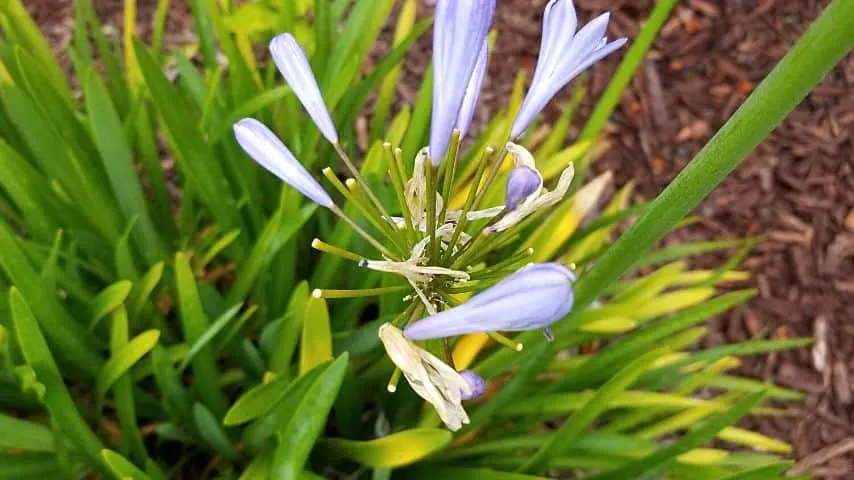
Your plant needs about 6 hours of sunlight per day, but they also require some shade, especially when it becomes hot and dry.
Signs of sunburn on an agapanthus plant are:
- Yellowing and crumbling at the edges of the leaves
- Wilting and dehydration of the plant
How to Fix Your Agapanthus Plants
If your agapanthus plants have been scorched by the sun, you need to replant them in a spot that gets the afternoon shade.
Place a layer of mulch or grass clippings around the base of your plants and then lightly mist them with some water.
This will help retain the plant’s moisture and help with the sunburn. Don’t overwater your plant, as you could worsen the situation.
Frequently Asked Question about Agapanthus Turning Yellow
Can you turn a yellow leaf to green again?
You can’t turn a yellow leaf green again, as the leaves have lost their chlorophyll. A leaf’s green color comes from its chlorophyll. You can try to prevent the leaves from turning yellow, but it’s impossible to turn them green again.
How do you know when an Agapanthus plant is dying?
If your agapanthus plant is dying, the leaves will turn yellow and develop black spots. The plant will then start wilting, and the leaves will fall off the plant (leaf fall).
Conclusion On Agapanthus Plants Turning Yellow
Agapanthus plants are turning yellow for the following reasons:
- Pest infestation
- Iron deficiency
- Fungus based diseases
- Overwatering
- Heat damage

Daniel has been a plant enthusiast for over 20 years. He owns hundreds of houseplants and prepares for the chili growing seasons yearly with great anticipation. His favorite plants are plant species in the Araceae family, such as Monstera, Philodendron, and Anthurium. He also loves gardening and is growing hot peppers, tomatoes, and many more vegetables.


